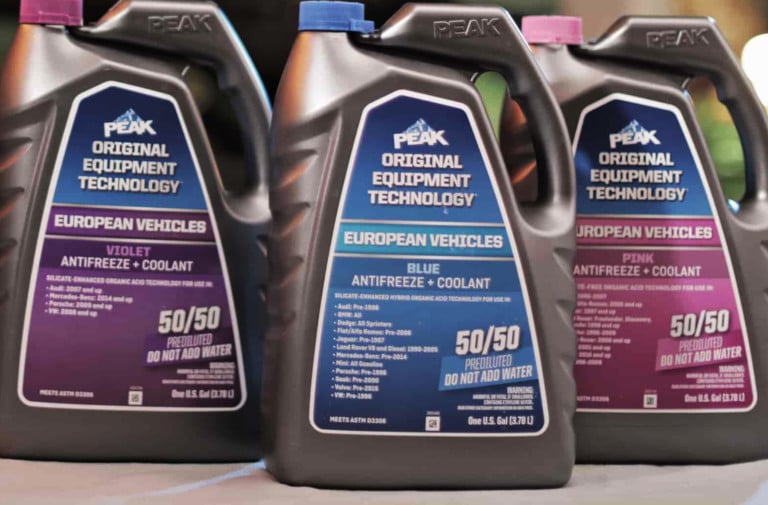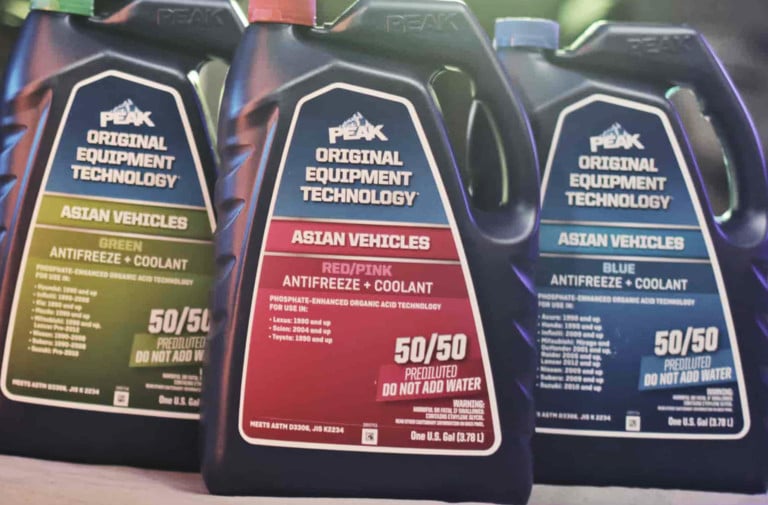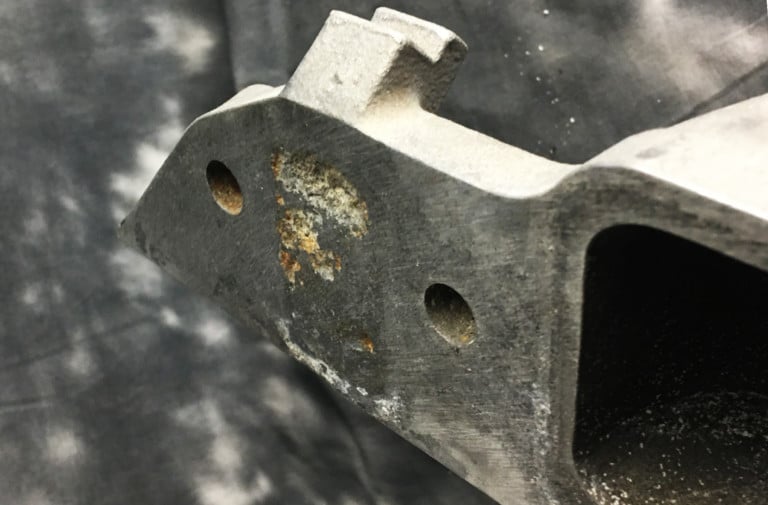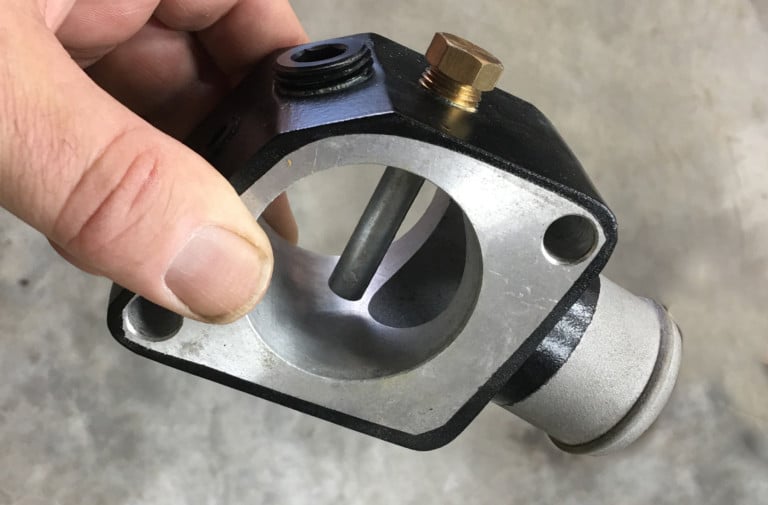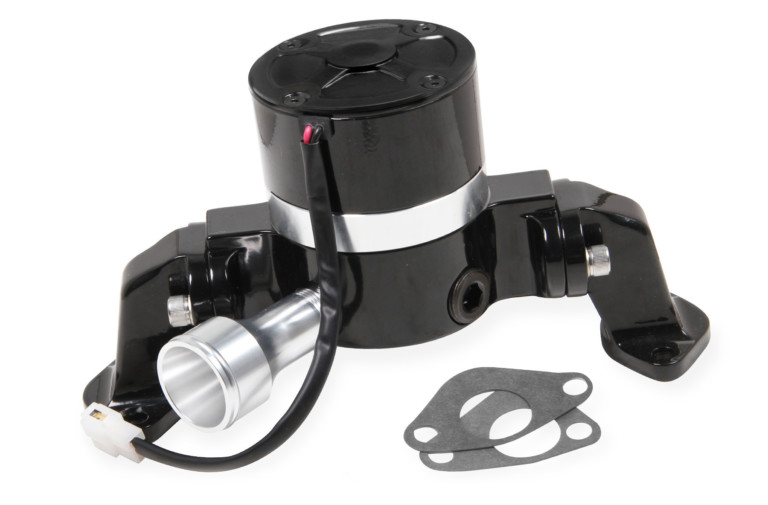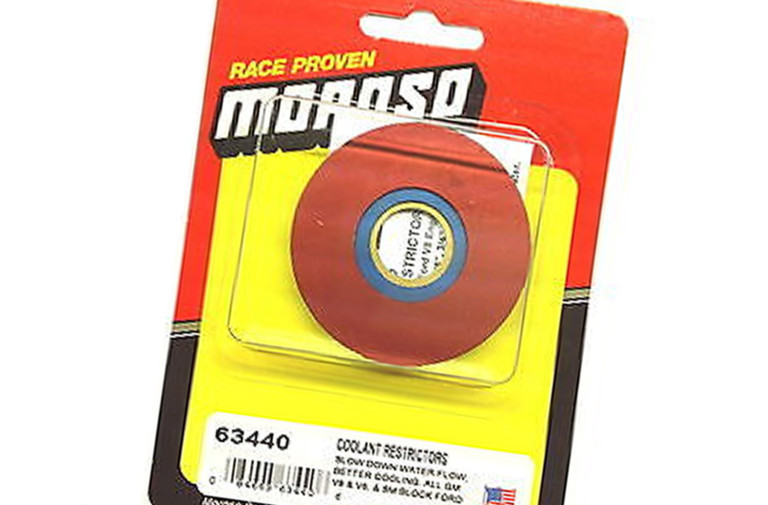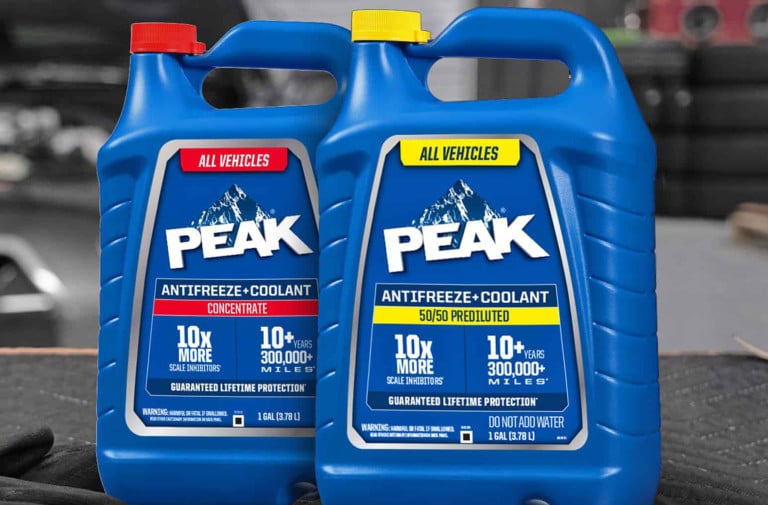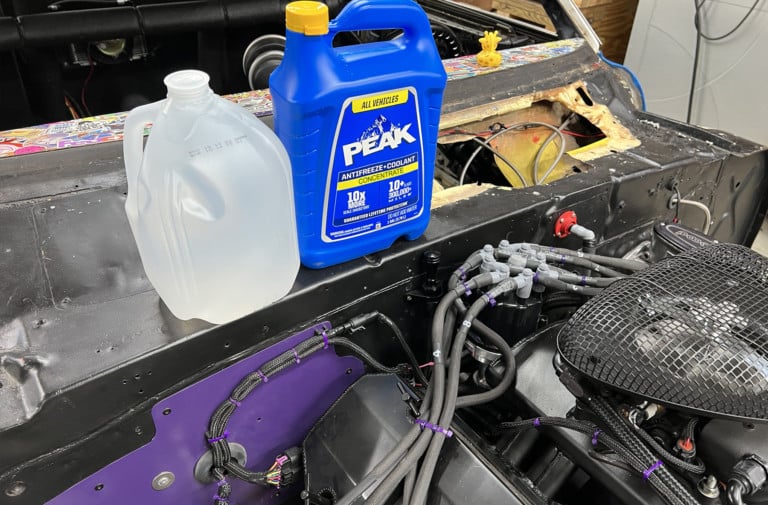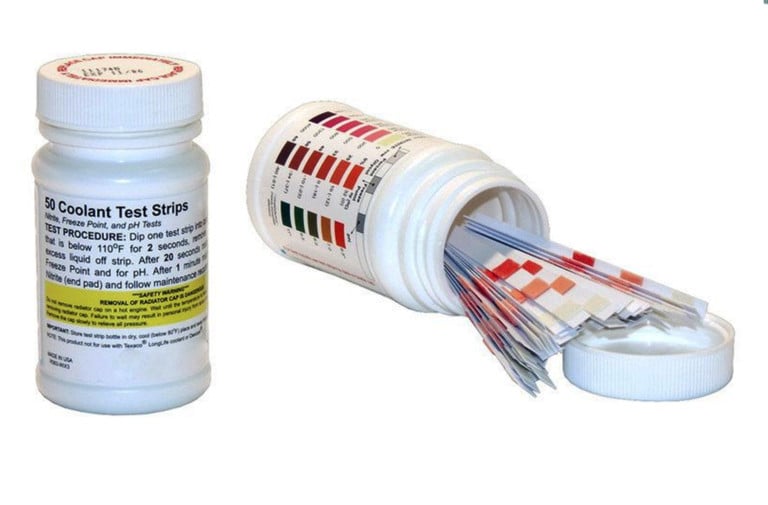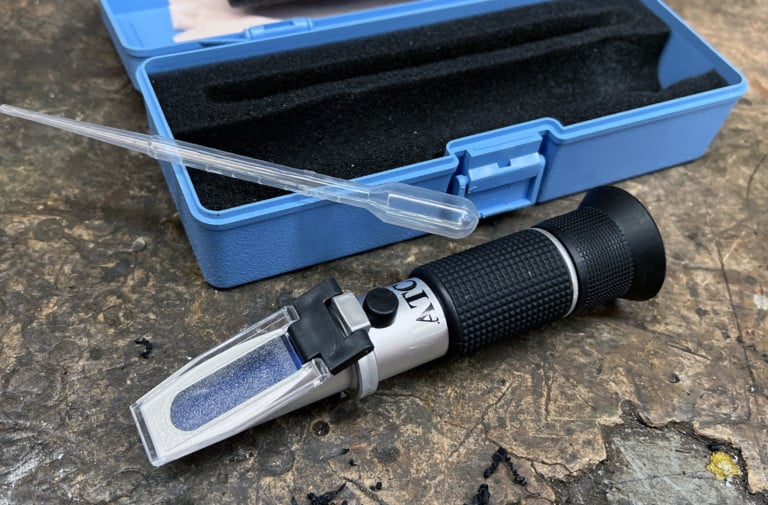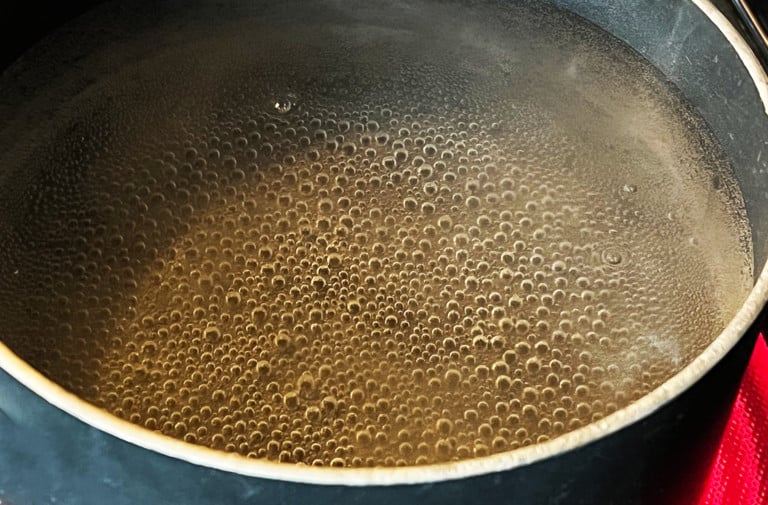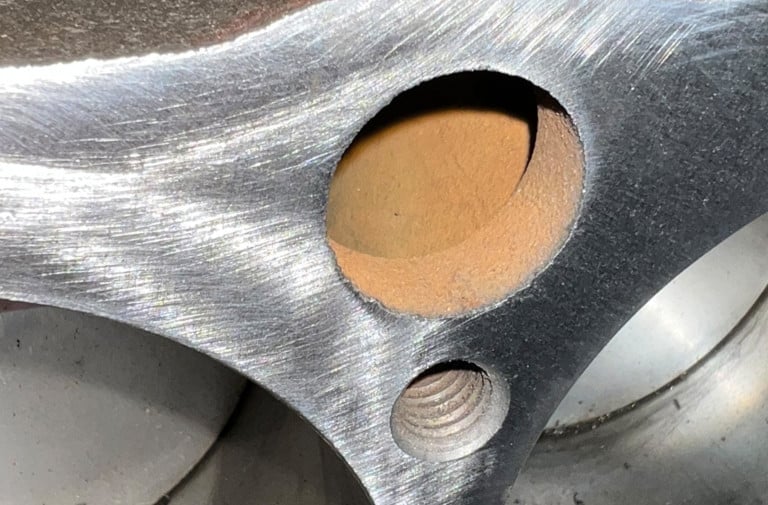Do You Know Which Antifreeze Is Best For Your Engine?
When was the last time you thought about the cooling system in your classic car, diesel truck, off-road rig, or late-model ride? As long as it’s cooling the engine, nobody really thinks much about it. But, no matter what type of vehicle you drive, all must operate between the boundaries of water boiling and freezing. Those two temperature extremes make knowing which antifreeze you should be using and its proper maintenance essential.
With colder months looming for many areas of the country, we thought it might be a good idea to take a good look at the antifreeze that you should have in the cooling system of your car. Having the proper type and a correct water-to-antifreeze ratio is paramount for keeping your cooling system operating at peak efficiency. To find everything we needed to know, about which antifreeze should be used when, we reached out to the professionals at Old World Industries, the makers of Peak antifreeze to clear up a few things and get some solid information.
The wide choices of today’s differently colored antifreeze/coolants are color-indicated by automaker-specific formulations. The Asian and European manufacturers each have three different formulas for varied make and years of manufacture.
So Many Colors
Addressing the subject of antifreeze comes from the inevitable confusion when we walk into the friendly auto parts store and find multiple antifreeze containers with more than ten colored formulas for use with different Asian-, European-, and North American-manufactured vehicles.
The myriad of choices is cause for frantic research to learn if one of these various colors of coolant could contain magic pixies that will increase the cooling effectiveness of the ride in question. That is why we reached out to the brain trust of Brian Bohlander and John Turney of Old World Industries.

Our late-model truck with aluminum heads and an iron block specifies the orange OAT formulation (Organic Acid Technology). It is also a good choice for performance engines with aluminum head(s) and an iron block.
“With various alloys of metal used in new engines and cooling systems, multiple manufacturer-specified antifreeze formulas now exist,” says Old World’s Chief Technology Officer, John Turney. “These different antifreeze/coolant compositions also are designed to keep specific engines corrosion-free and be more friendly to new seals and gasket technology.”
With that, the bottom line is that, no, there is no purple or orange version of OEM formulations that is a magic elixir for performance engine applications. But your most effective choice is matching coolant specified for factory engines with iron/iron, aluminum/iron, or all aluminum blocks and heads.
The Antifreeze/Coolant Timeline
Inorganic Acid Technology (IAT) is your typical green antifreeze that has been used for years. This formulation contains silicates and phosphates, and this IAT composition effectively prevents rust in the coolant passages when the engine block and head(s) are cast iron. Think classic and heavy-duty applications (diesel).
“In recent times, more aluminum heads, blocks, and rubber seals make up engine components,” says Bohlander. “With that, Organic Acid Technology (OAT) antifreeze was developed to reduce heavy scale deposits within the aluminum coolant passages, phasing away the previously used IAT antifreeze.”
Turney continues, “But, these silicate and phosphate components in the older IAT antifreeze design offer the benefit of covering all surfaces quickly for better heat transfer. This benefit is one of the reasons why you’re seeing manufacturers returning to IAT compounds at varying compositions.”
Electrolysis is an enemy of mixing aluminum and iron engine parts, note the damage to the aluminum intake surface (left). A zinc anode (right) is shown inserted into a thermostat housing. Since electricity follows the path of least resistance, the electrolysis reacts with the anode and not coolant passages.
Antifreeze needs dictate that many coolants are silicate-free, phosphate-free, or a compound of multiple chemicals. The compound formulations of antifreeze are called Hybrid Organic Acid Technology (HOAT.)
Performance Engines And HOAT Technology
Aluminum heads and intakes are the building blocks of a high-performance engine. If that sounds like your engine, you’ll want to know the best antifreeze/coolant you should use with an aluminum and iron combination performance engine.
“A mixed-metal cooling system, such as iron block and aluminum heads, tends to be more challenging. Different metals, when combined galvanically or electrically, can promote corrosion simply because the dissimilar metals can cause electrons to flow.” – John Turney, OWI
The best answer for an engine with a hybrid of metallurgy comes from the previously mentioned hybrid (HOAT) antifreeze. One such hybrid antifreeze/coolant is Peak’s All Vehicle 10x Technology product. This big blue Peak bottle (with no specific color coding) offers compatibility for use with any color or type of antifreeze/coolant currently in your car’s system. In other words, it can be mixed with other formulations of coolant.
Coolant circulation flow can be too fast or slow. Water pumps with huge flow rates can circulate so quickly that coolant does not have time to absorb the engine’s heat or allow the radiator to exchange heat away. Holley/Frostbite electric pumps flow at 35-gallon-per-minute, a rate many engine builders recommend. Moroso Performance also offers coolant restrictor plates with three orifice options to use in place of a thermostat to regulate flow speeds.
“Now, PEAK offers all of the antifreeze formulas (colors) specifically as a direct match for your factory antifreeze,” mentions Bohlander. “But the 10x formula is designed for use in all North American, Asian, and European cars and trucks, regardless of make, model, or year. This formulation is safe for use with countless iron/iron, iron/aluminum, or all aluminum engines. This type-O antifreeze (referring to type-O blood which is compatible with all other human blood) may be a good choice for performance aluminum/iron engines.”
Another motivating factor with specialized formulas is the conditions of tap water in different locations around the world. Turney told us that hard water and/or other minerals reduce a coolant’s effectiveness. Plus, it promotes scale and electrolysis in the cooling system. It is good practice to use prediluted antifreeze, which uses distilled water, or else always blend your concentrate with distilled water.
Peak’s 10x antifreeze is available in 50/50 prediluted or as a concentrate. The enthusiasts who blend their own need to be aware of possible tap water concerns. Hard water and some minerals found in this source can lower your coolant’s effectiveness. Always using distilled water with a concentrate removes any threat of contamination.
Universal antifreeze offers two-fold advantages. First, as explained by Turney, “PEAK’s 10x antifreeze additives are free of 2-EHA, silicate, nitrite, borate, and amines. The 2-EHA refers to 2-ethyl hexanoic acid that is extremely harsh on silicone gaskets and cooling system components.”
We mention the 2-EHA additive because though it was used in older coolants from years ago, you can still find it in many discount brands of antifreeze/coolants. This acidic compound can damage today’s gaskets, water pump seals, and even aftermarket aluminum radiators.
Test strips can monitor your antifreeze chemical balance. These strips by WIX filters dip into your coolant, then compare the color chart with their chemical reaction. They indicate nitrite level, freeze point, and pH level. Our toolbox also has a refractometer. This precision device costs well under 20-bucks and measures the freezing point of either propylene or ethylene glycol-based antifreeze.
The second advantage of Peak’s 10x is its tough organic additives that ward off the negative effects of both scale deposits (aluminum) and corrosion (iron). A multi-use formula can be beneficial to keep all coolant passages clean and heat transfer as efficient as possible.
Coolant Meets Metal
For a coolant to be most effective, the cohesion between the surface of the engine’s metal cooling passages and the actual antifreeze/coolant is necessary. The coolant will then absorb more heat from the engine and expel that heat in a radiator with clean passages.
A major intent of antifreeze chemistry is to keep your cooling passages clean. The “10x” in Peak’s all-makes antifreeze represents the ten times more scale and corrosion-fighting inhibitors within the formula. This provides for a more pristine coolant passage, better contact with the coolant, and more effective heat transfer.
This boiling water shows the formation of air bubbles against the surface of the metal. These bubbles and high-temp steam pockets prevent your coolant from drawing heat from your block and heads. The rust in this block’s coolant passages also lowers the contact efficiency of the coolant. The effect is comparable to the bubbles.
“This is also why a cooling system flush can be more important than many give credit,” comments Turney. “A good engine flush cleaner has neither low nor high pH to do the job correctly. A good cleaner flushes the internal cooling passages with a process called chelation. Chelation is a bonding of ions and molecules to metal ions.” Flushing your cooling system at five-year intervals will help keep your cooling system clean and working at its optimum potential.
If you need to add or change the coolant in your ride, don’t let deciding which antifreeze on the rack at your favorite store confuse you. The new hybrid coolants can ward off corrosion with all specific manufacturers’ metals yet be forgiving to gaskets and seals. And finally, hybrid coolants match a hybrid of metals in your hot rod engine.


